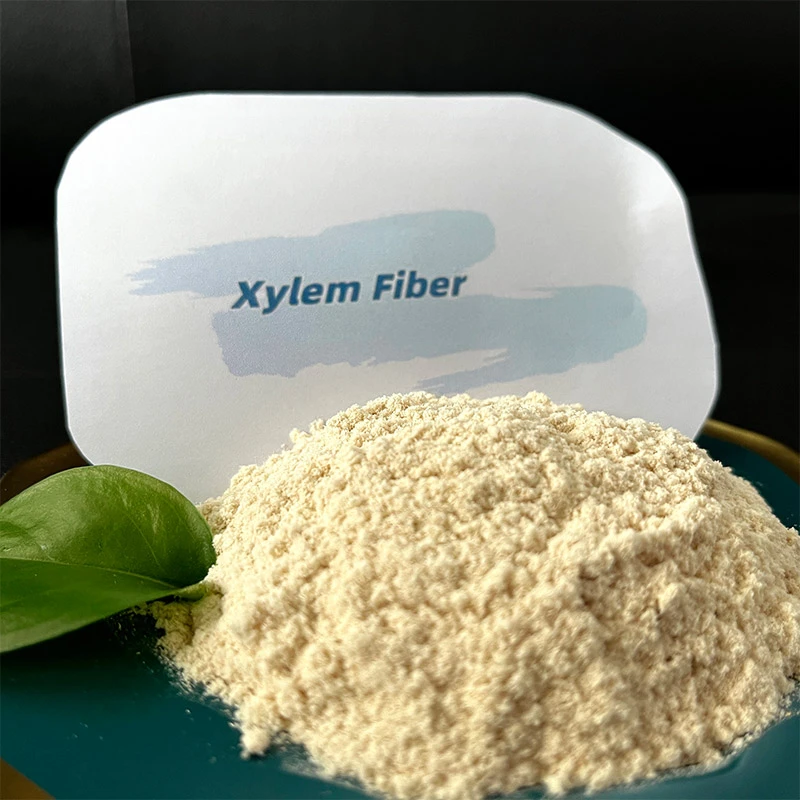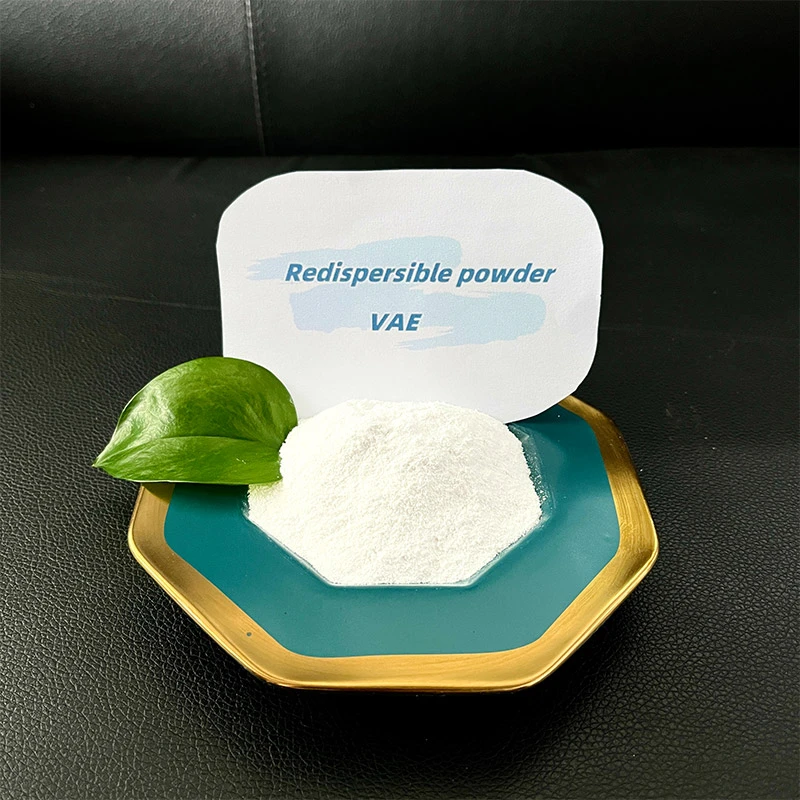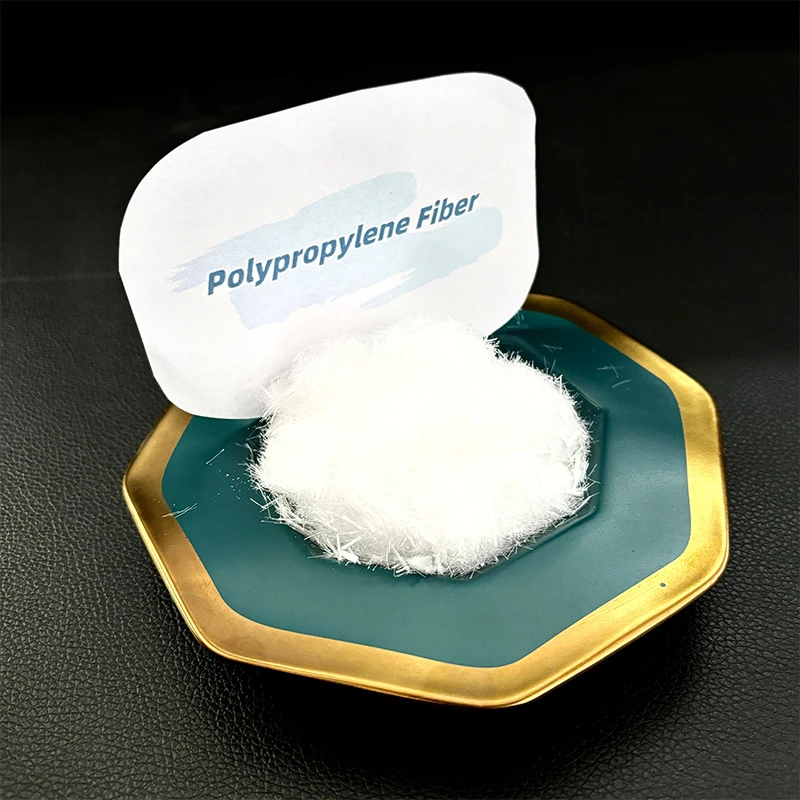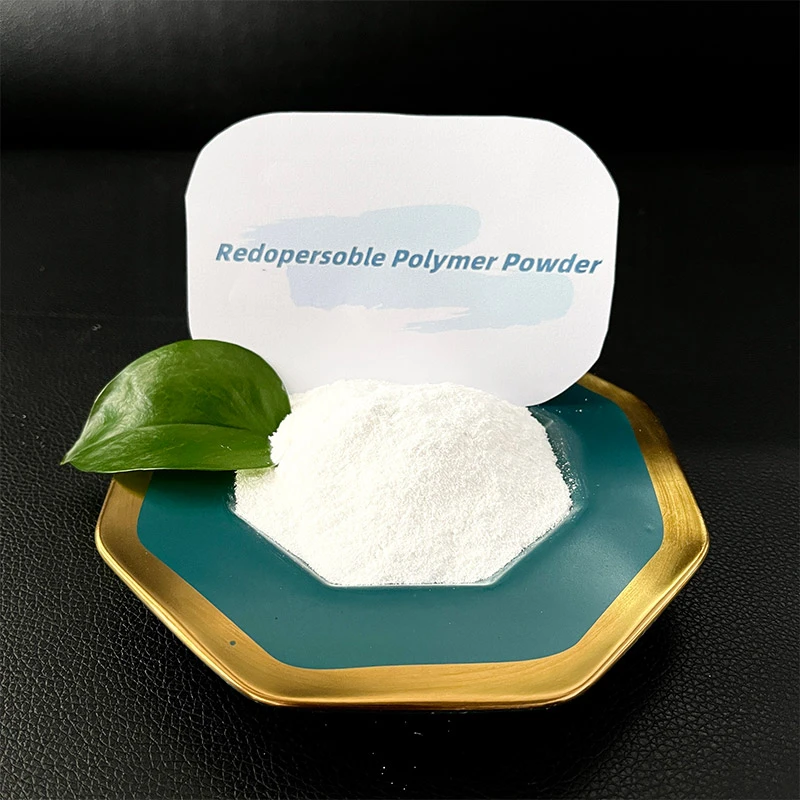
-

Add: HeBei ShengShi HongBang Cellulose Technology CO.,LTD.
-

Email
13180486930@163.com -

CONTACT US
+86 13180486930

Polypropylene Fiber for Waterproofing Membranes
Waterproofing membranes are the unsung heroes of construction, safeguarding structures from water damage and ensuring longevity. Among the materials elevating their performance, polypropylene fiber stands out as a versatile and durable additive. Alongside polyolefin fiber and pp fiber variants, it enhances the strength, flexibility, and water resistance of membranes, making them indispensable in modern building projects. Hebei ShengShi HongBang Cellulose Technology CO.,LTD, a professional manufacturer with over 20 years of experience, located in Hebei Province Xinji provincial clean chemical Industry Park with excellent transportation links, extends its expertise beyond HPMC to include high-quality fiber additives. Their advanced German production processes and daily capacity of 80–100 tons make them a reliable partner for wholesalers seeking top-tier construction materials. This article explores how polypropylene fiber enhances waterproofing membranes, highlighting its benefits and applications.
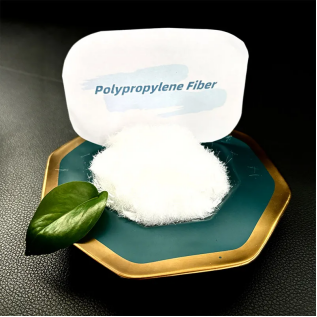
Types of Polyolefin Fiber for Waterproofing Membranes
- Polypropylene Fiber: Polypropylene fiber, a type of polyolefin fiber, is a lightweight, inert material known for its high tensile strength and resistance to moisture. When incorporated into waterproofing membranes, it reinforces the structure, preventing cracks and tears that could compromise water resistance. Wholesalers can note that its chemical stability makes it ideal for membranes exposed to harsh environments, such as coastal areas or industrial sites.
- PP Fiber: Pp fiber (short for polypropylene fiber) is often used in shorter lengths, ensuring uniform dispersion throughout the membrane. This even distribution enhances the material’s overall toughness, making it more resistant to punctures and abrasions—common risks during construction or maintenance. Hebei ShengShi HongBang’s pp fiber is processed to meet strict quality standards, ensuring consistent performance in waterproofing applications.
- Specialty Polyolefin Fiber: Some polyolefin fiber variants are engineered for specific membrane needs, such as enhanced UV resistance or flexibility at low temperatures. These are ideal for membranes used in extreme climates, from hot deserts to cold regions. Their versatility allows for customization, making them a valuable addition to any wholesaler’s product range.
Enhancing Waterproofing Membranes with Polypropylene Fiber
- Crack Resistance: Polypropylene fiber acts as a micro-reinforcement in waterproofing membranes, disperse stress and prevent the expansion of micro-cracks. When membranes expand or contract due to temperature changes, the fibers absorb the stress, preventing the formation of larger cracks that could allow water penetration. This is particularly critical for membranes used in concrete structures, where movement is inevitable.
- Improved Flexibility: Membranes containing pp fiber are more flexible, adapting to structural shifts without losing integrity. This flexibility is key for waterproofing areas prone to movement, such as foundation walls, roof joints, or expansion gaps. Unlike rigid membranes that may crack under stress, fiber-reinforced ones bend and stretch, maintaining a watertight seal.
- Water Resistance Boost: Polyolefin fiber is inherently water-repellent, adding an extra layer of protection to membranes. When combined with waterproofing compounds, it creates a barrier that not only blocks water but also resists degradation from moisture over time. This longevity reduces the need for frequent membrane replacements, saving costs for construction projects.
Performance Benefits of PP Fiber in Waterproofing Membranes
|
Performance Aspect |
Membrane with PP Fiber |
Standard Membrane (Without Fiber) |
Advantage for Construction |
|
Tear Resistance |
High; resists damage from sharp objects |
Low; prone to tearing during installation |
Reduces repair costs and ensures long-term water resistance. |
|
Flexibility |
Excellent; adapts to structural movement |
Limited; may crack under stress |
Ideal for dynamic structures like bridges or high-rise buildings. |
|
Durability |
Long lifespan; resistant to moisture and chemicals |
Shorter lifespan; prone to degradation |
Lowers maintenance needs and extends the structure’s waterproofing life. |
|
Installation Ease |
Easier to handle and apply; less prone to wrinkling |
May be stiff or fragile |
Saves time and labor costs during membrane installation. |
This table helps wholesalers demonstrate how pp fiber elevates waterproofing membrane performance, making it a must-have additive for quality-conscious clients.
Practical Applications of Polypropylene Fiber in Membranes
- Roof Waterproofing: Polypropylene fiber-reinforced membranes are widely used in roof applications, where they withstand UV exposure, temperature fluctuations, and foot traffic. The fibers prevent cracks caused by thermal expansion, ensuring the roof remains watertight even in extreme weather. This makes them a favorite for commercial and residential buildings alike.
- Basement and Foundation Membranes: In below-grade structures, polyolefin fiber-enhanced membranes protect against hydrostatic pressure, preventing water from seeping into basements or foundations. The fibers reinforce the membrane, allowing it to withstand the weight of soil and water without tearing. Hebei ShengShi HongBang’s polypropylene fiber is particularly effective in these critical applications, ensuring structural integrity.
- Tunnel and Infrastructure Waterproofing: Tunnels, bridges, and other infrastructure projects rely on durable waterproofing membranes. Pp fiber -reinforced options offer the strength and flexibility needed to withstand constant vibration, ground movement, and exposure to water. Their resistance to chemicals and abrasion makes them ideal for these high-demand environments.
Polypropylene Fiber FAQS
What Dosage of PP Fiber Is Ideal for Waterproofing Membranes?
Typically, pp fiber is used at 0.5–2% by weight of the membrane mix. Lower dosages (0.5–1%) enhance flexibility, while higher dosages (1–2%) boost tear resistance. Hebei ShengShi HongBang’s technical team can recommend precise dosages based on specific membrane formulations and project needs.
Is Polyolefin Fiber Compatible with All Membrane Materials?
Yes, polyolefin fiber (including polypropylene fiber) is compatible with most membrane materials, such as bitumen, PVC, and TPO. It blends seamlessly with these substrates, enhancing performance without causing chemical reactions. This compatibility simplifies product selection for wholesalers and ensures versatility across projects.
Does Polypropylene Fiber Affect Membrane Installation?
No, polypropylene fiber actually eases installation. Its reinforcement makes membranes more tear-resistant during handling, reducing waste. The added flexibility also allows for easier shaping around corners, pipes, and other obstacles, ensuring a snug, watertight fit.
How Does PP Fiber Perform in Extreme Temperatures?
Pp fiber maintains its properties across a wide temperature range, from -40°C to 120°C. This makes it suitable for membranes used in both cold and hot climates, where temperature-induced expansion and contraction are common. It resists brittleness in the cold and melting in the heat, ensuring consistent performance.
Where Can Wholesalers Source Quality Polypropylene Fiber for Membranes?
Hebei ShengShi HongBang Cellulose Technology CO.,LTD provides premium polypropylene fiber and pp fiber products, perfect for enhancing waterproofing membranes. Visit their website to explore their range and partner with a manufacturer renowned for quality and reliability in construction materials.
-
The Function of Polymer Powder in Thin-Bed MortarsNewsAug.25,2025
-
Starch Ether as a Thickener in Construction GroutsNewsAug.25,2025
-
Rubber Powder as a Sustainable Additive in GroutsNewsAug.25,2025
-
Gypsum Retarder Chemical Dosage and Its Precise EffectsNewsAug.25,2025
-
Using HPMC to Reduce Cracking in Cementitious ProductsNewsAug.25,2025
-
Wood-Based FibresNewsAug.20,2025
-
Wood Cellulose ProductsNewsAug.20,2025







